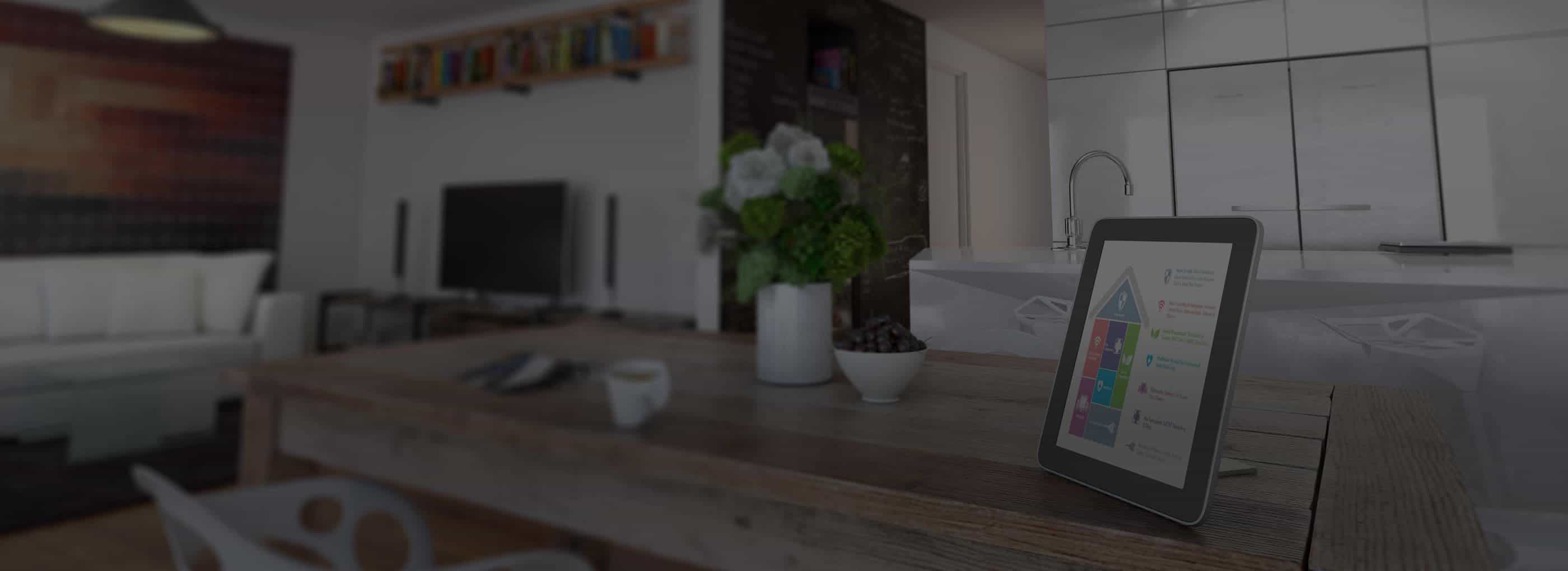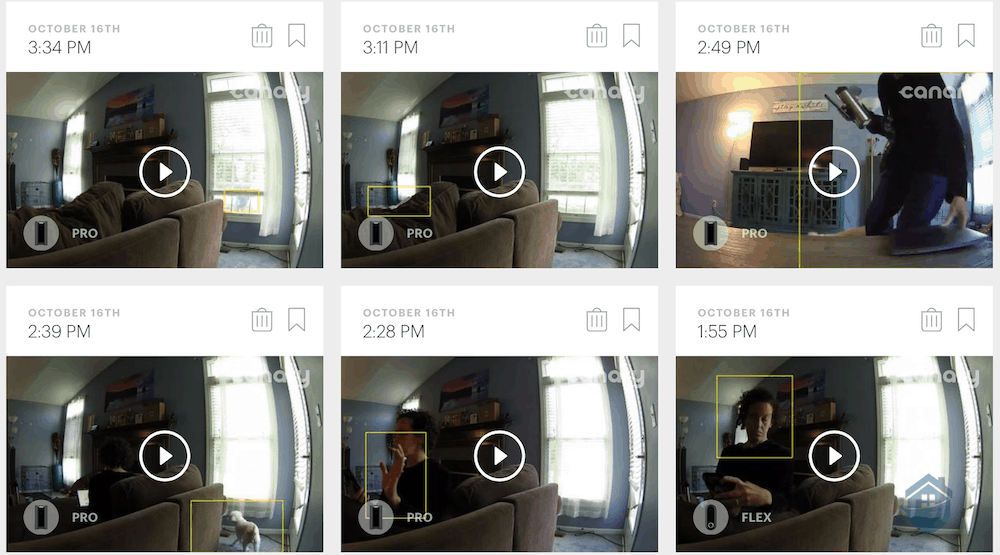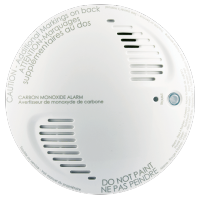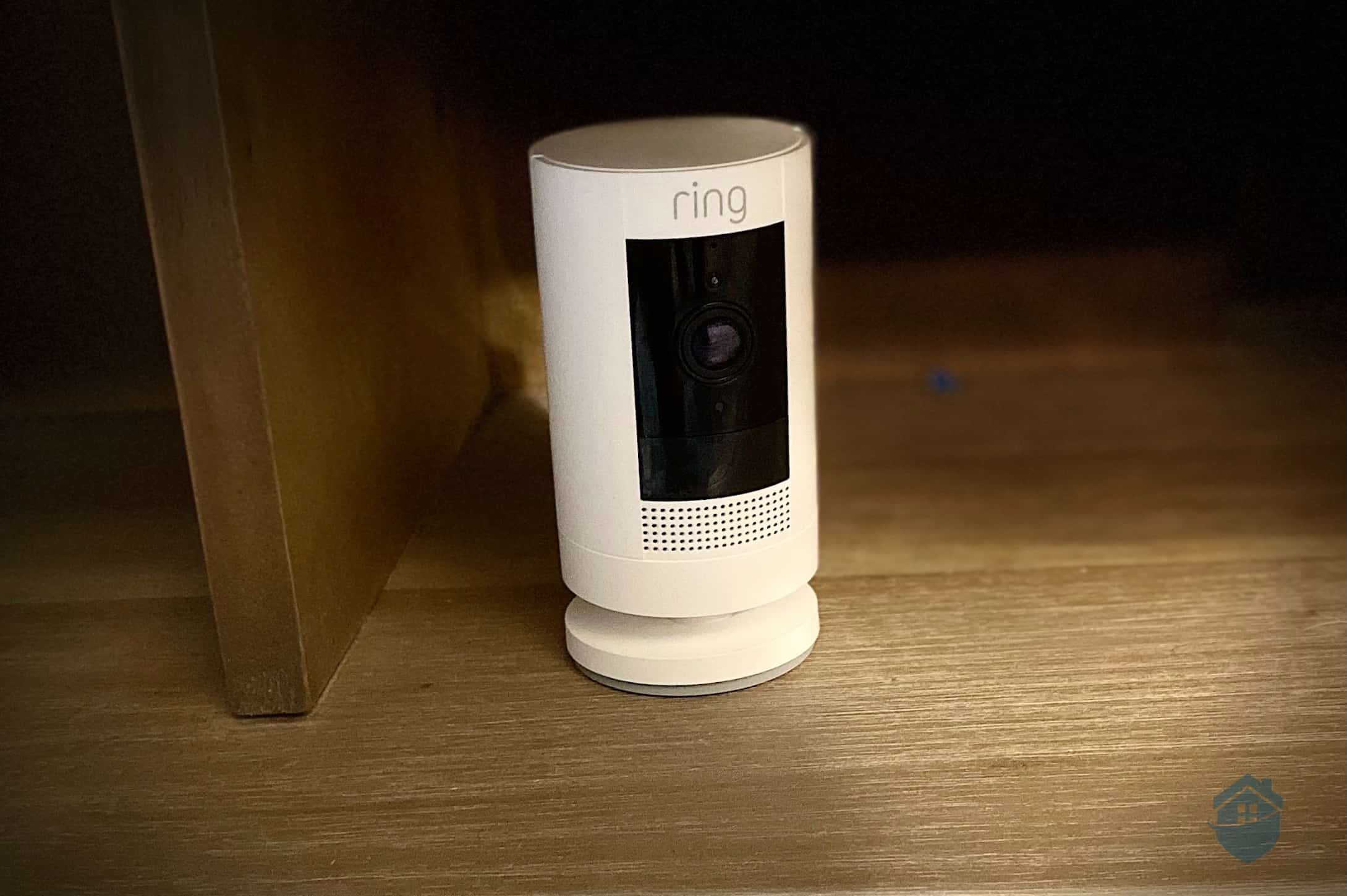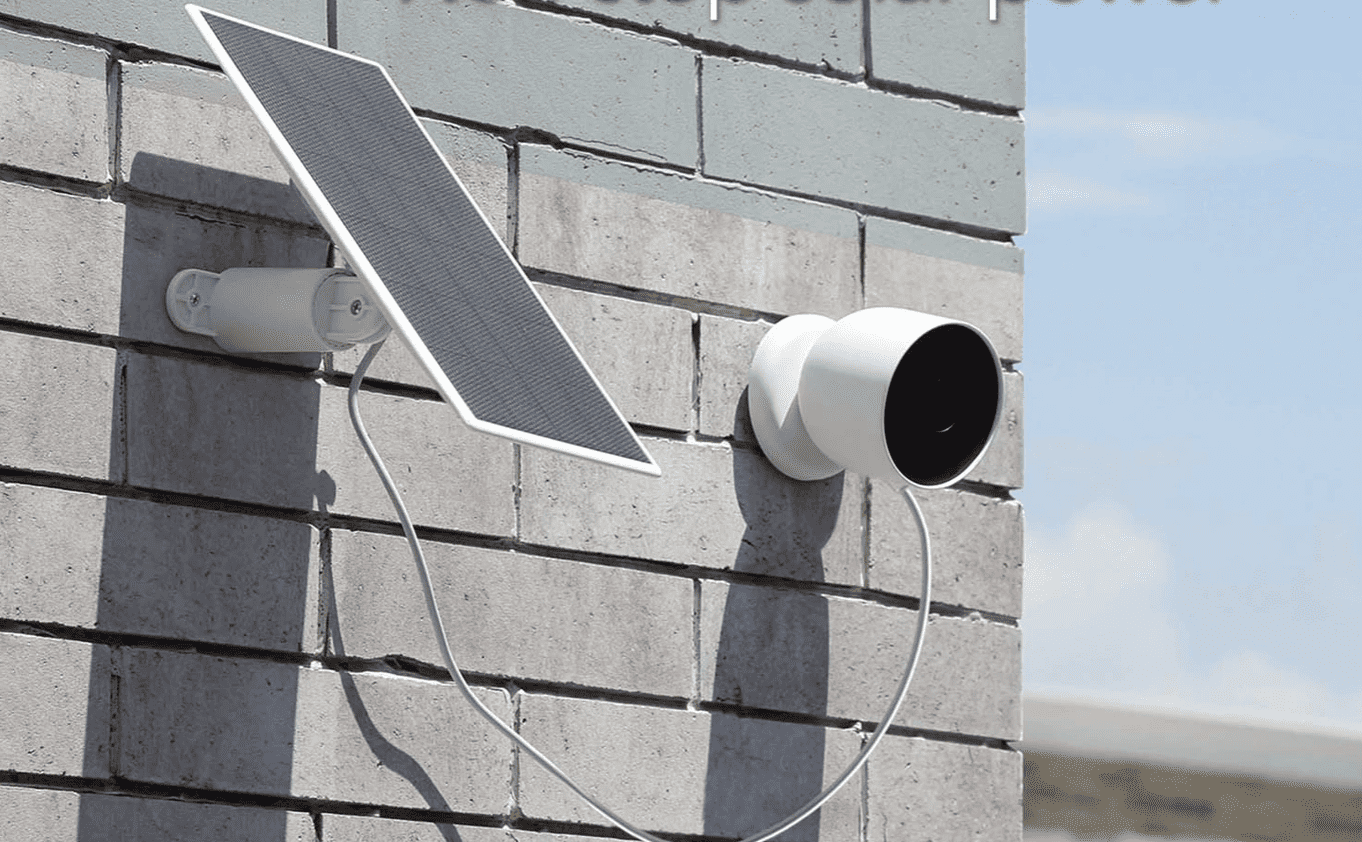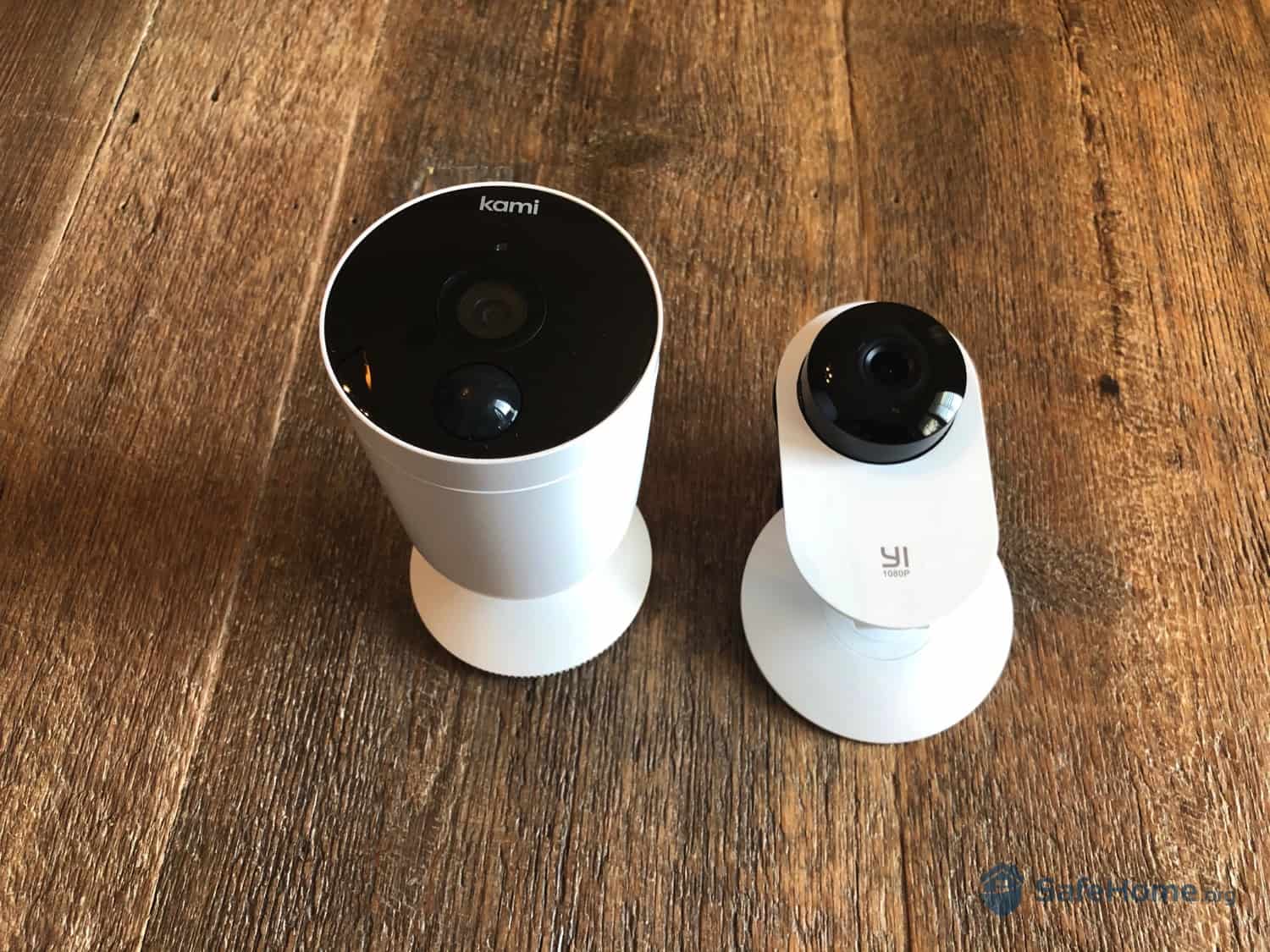Editor’s Note: Wireless cameras are great, but check out our recommendations for the best wireless home security systems on the market right now.
Over the past decade, home security technology has become a lot cheaper and easier to use. Thanks to huge advances in Wi-Fi technology, it’s also become safer. A seasoned thief with a pair of pliers might be able to disable a quality wired alarm, but he doesn’t stand a chance against the best wireless security set-ups.
On the flip side, unless you know your way around megabits and megapixels, all that smart security tech under the hood can make our new-fangled wireless security systems a bit mysterious.
In this home security guide, I’m going to demystify the technology and show you how your wireless security camera works and how you can make sure your video data stays secure and private. Let’s start with the basics: how wireless cameras store video and beam it to your phone.
How Wi-Fi Cameras Store Video
In the most basic terms, wireless home security cameras record video and send that data to a receiver over a Wi-Fi network. You’ve probably heard of security systems with paid or free cloud storage. That’s the most common arrangement for receiving data, but you can also use a local receiver like an SD card, a hard drive, or a digital video recorder (DVR) or network video recorder (NVR). Some home security cameras, like the ones you find on Eufy video doorbells, have built-in SD cards, while others like Lorex use a DVR/NVR.
That’s how your clips get stored. How they get to your phone is another story. It’s called a video feed. All the best home security cameras I’ve reviewed come with this feature. With your feed, you also get motion detection, scheduled recording, and two-way audio so you can hear what’s going on inside your house or on your porch and communicate with whoever’s there.
>> Read About: ADT Home Security Cameras Review
When you couple this with infrared night vision, smart home compatibility, and high definition video, it’s easy to see why wireless cameras make sense to a lot of people looking for safe home security solutions, especially those without wiring know-how.
Did You Know? Wireless security cameras aren’t only cheaper than most wired camera systems, they’re easier to install, since you don’t have to look for wiring paths or drill into walls.
Wireless Cameras and Video Quality
Some IP cameras require beefier internet speeds than others. If your home internet fluctuates from bad to terrible, look for a camera that emphasizes motion detection events or scheduled recording. For that I recommend Google Nest Cameras. The alternative — continuous recording — can eat up a lot of bandwidth.
If your camera is demanding too much of your internet connection, you’ll know. You’ll get jerky footage. Your camera may also switch to snapshot-only mode so that it captures an event in rapid-succession pictures rather than a smooth video stream.
There is no one-size-fits-all rule for how fast a connection you need for an HD security camera, by the way, but my general rule of thumb is 5 Mbps down/up rock bottom minimum.
>> Check Out: Best 4K Security Camera Systems
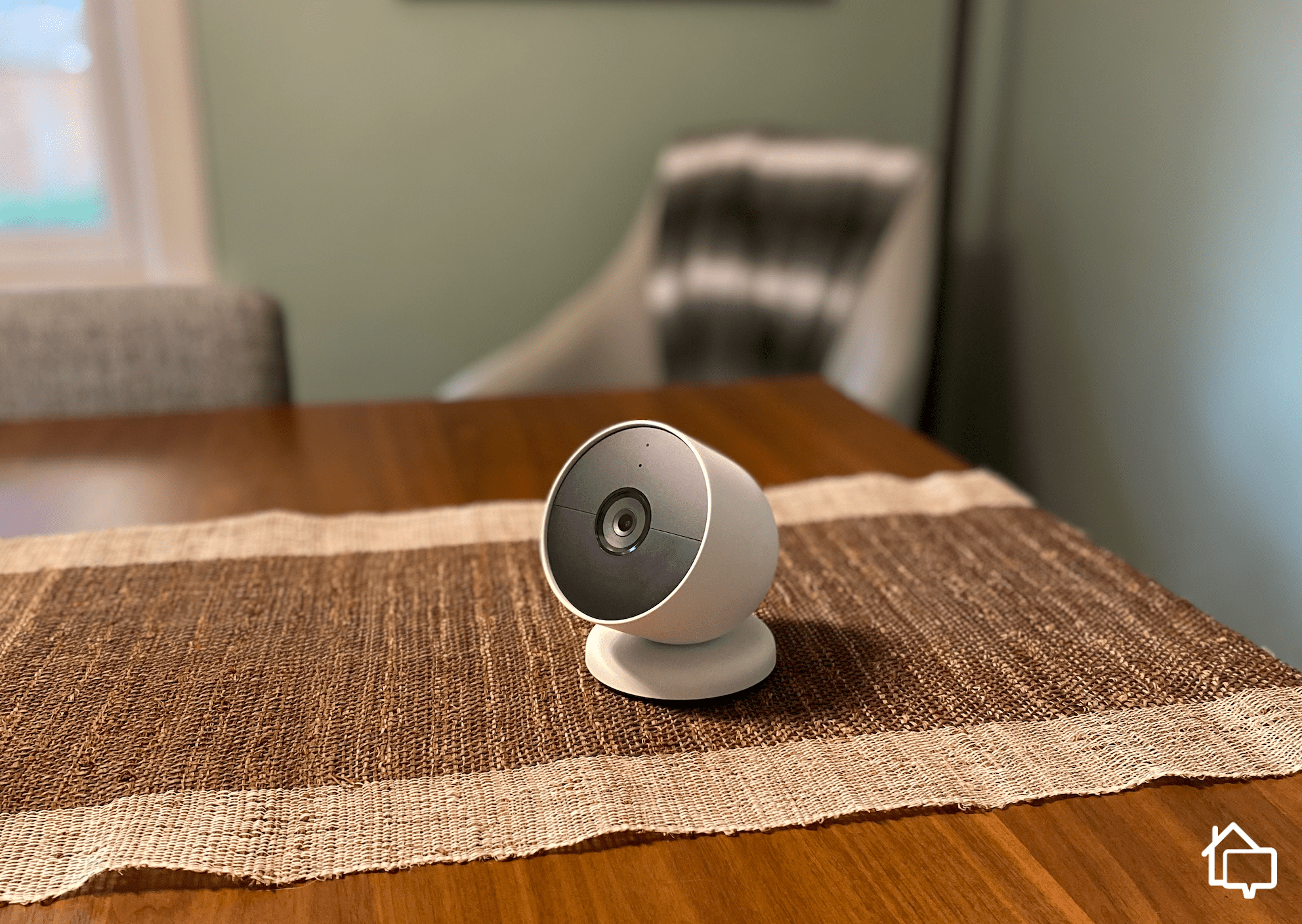
The Google Nest Cam
Other Factors
Distance from a router can also affect wireless camera footage, along with what kinds of building materials the camera’s signal needs to traverse. If your walls are concrete or brick, try to create a line of sight so that your camera has a better chance of using your network. You can also use network extenders and signal boosters to make sure you’re getting a reliable connection.
FYI: Not all wireless cameras require continuous internet access to function. If they’re sending data to local storage, they may only need to connect to the internet occasionally for security or firmware updates.
>> Read About: Best Security Cameras for Apartments
Keeping Your Wireless Camera Charged
Wireless cameras rely on battery power. I’m not going to beat around the bush – batteries have drawbacks. The biggest is that battery-powered cameras preserve energy so they can run longer. This means that video processing isn’t as powerful as it is with the top wired security cameras. Some wireless cameras also need to be plugged in routinely for recharging.
But wireless cameras aren’t all battery hogs. You can find quality outdoor cameras that run on solar power these days. That means you won’t have to swap expensive batteries as often.
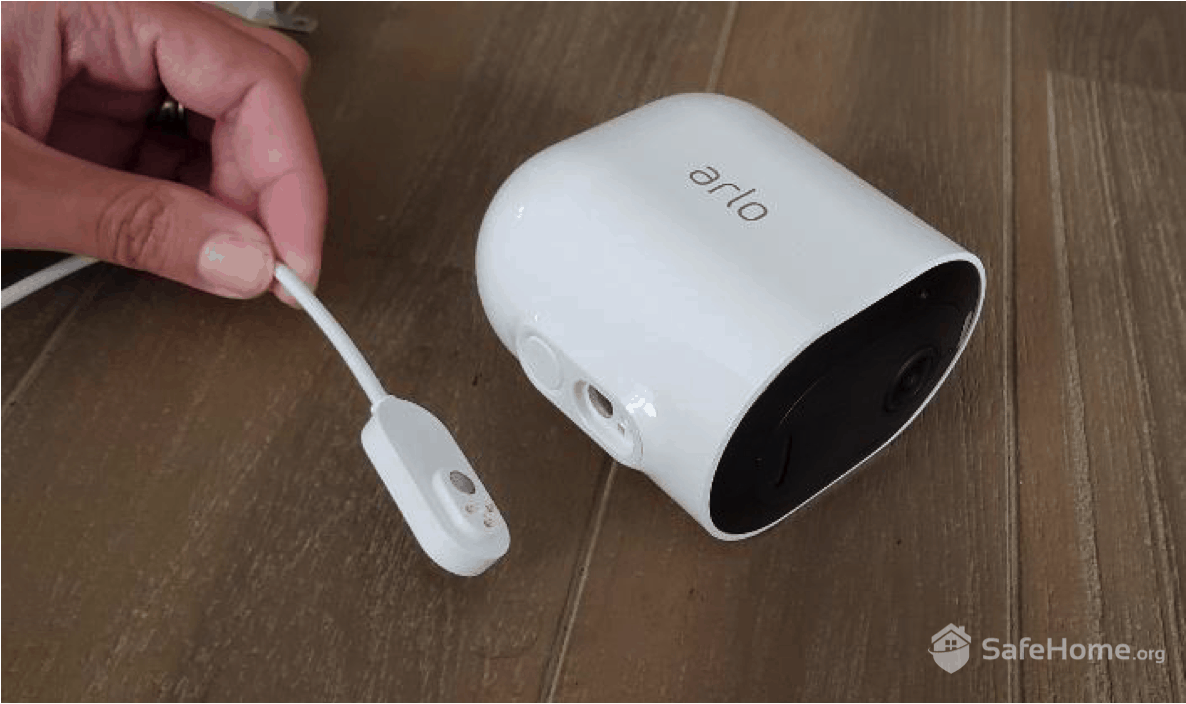
Arlo Pro 3 Charger
Speaking of which, battery life for cameras varies, and their settings typically affect their duration. The battery-powered Google Nest Cam lasts anywhere from one and a half months to seven months, for instance, depending on how much activity it’s capturing. Check out my updated Google Nest Cam review for the full story on Nest battery performance.
>> See Also: Best Battery-Powered Security Cameras
Ambient temperatures around the camera can also affect expected battery life. Anything near or below freezing will prevent the camera from taking a charge, so keep this in mind if you have an outdoor wireless camera that needs juice in the middle of the winter.
Pro Tip: If you’re looking to start out with a simple video doorbell camera, we’ve got you covered. Our guide to the best video doorbell cameras shows you the best options based on hundreds of hours of comparison testing.
Guarding Your Video Data with Local Storage
One benefit of choosing cameras with local storage options means that criminals who use Wi-Fi jammers still get recorded on video. FYI, Wi-Fi jammers emit radio signals similar to those used by Wi-Fi networks so they interfere and disrupt communication among wireless devices, security alerts included.
While jammers aren’t common, criminals have used them to sidestep surveillance measures. Those stories occasionally pop up on local news reports. So if you’re opting to go wireless, regularly check your network and cameras for connectivity issues. If you want to be extra careful, look for a camera that sends offline notifications if it ever loses access to your network. Some Reolink models offer this feature.
>> Check Out: Can Security Cameras Be Hacked?
Video Back-up
Local storage can provide multiple forms of redundancy, as well. By redundancy, I mean “back-up.” For instance, you can set up some cameras equipped with SD cards to record to an external hard drive and the SD card simultaneously. This can come in handy if someone tampers with your camera or knows how to remove the SD card.
Protecting Your Wireless Camera from Hackers
If you opt to go the local storage route, just be sure to take measures to safeguard your stored video data. If you’re using an external hard drive or dedicated storage device, for example, keep it physically secure — ideally in a locked area.
Always change default logins and passwords when you set up your devices, and choose home security providers that take encryption seriously. This way, if someone does gain access to your physical video storage, they won’t have easy access to the data.
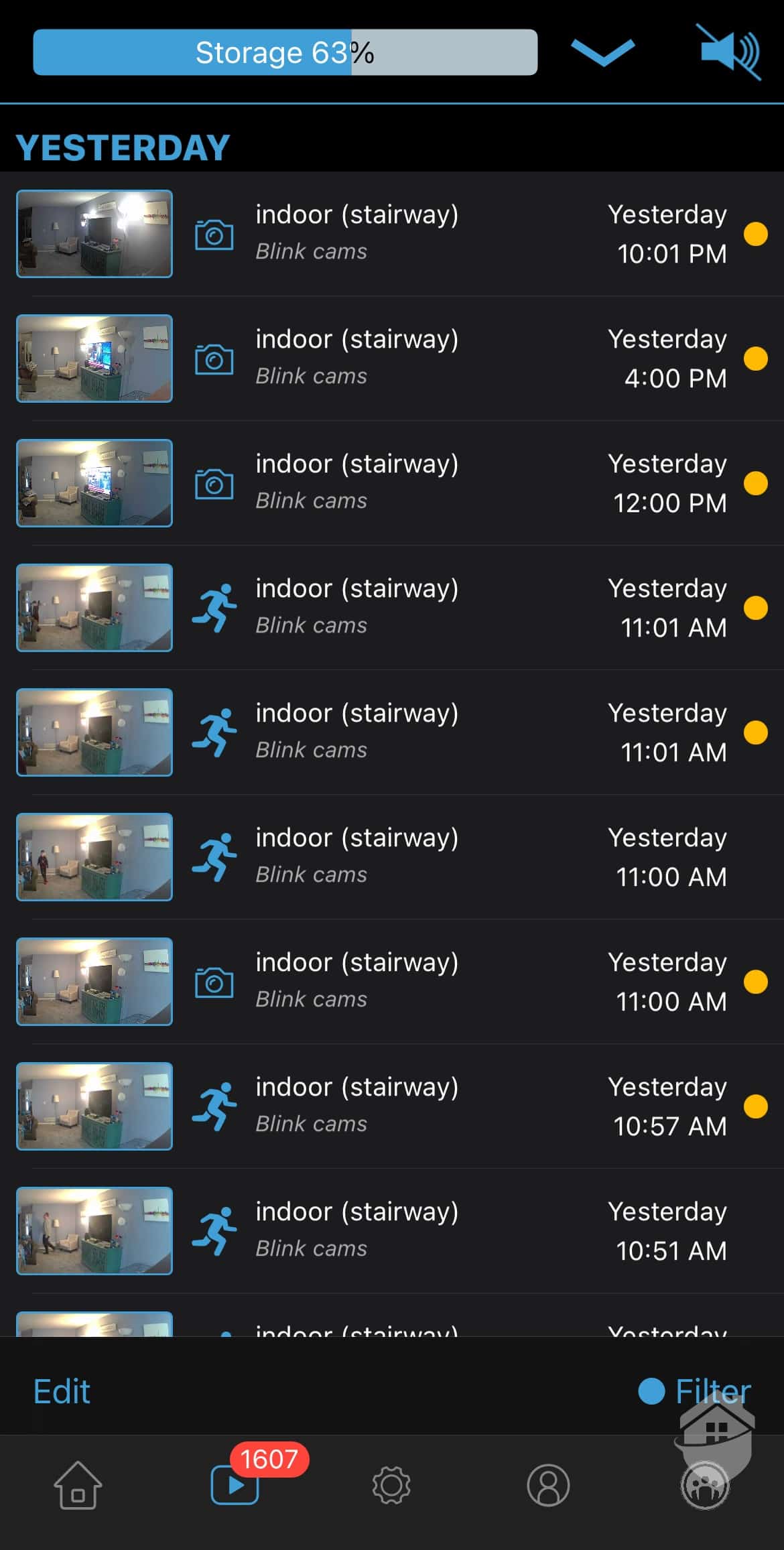
Blink App – Video History
Depending on what you’re keeping under surveillance, you may also want to look into backing up your locally-stored video in the cloud. Hackers can target cloud storage, sure, but it’s pretty rare. A criminal on the ground, on the other hand, can easily take a hammer to your camera and destroy all the evidence.
Did You Know? Backing up your security footage in the cloud isn’t fail-safe, but if you ever do live through a home invasion, $1.70 per month for a clip of the perp — which is what a budget Wyze security plan costs — will probably seem like a pittance.
>> Read About: What is Home Invasion and How to Protect Your Family
You’re Going Wireless. Here’s What to Look for in a Camera.
So now we know: Wireless cameras are a convenient and effective way to keep our homes safer on a budget. However, not all of them come with the features to get the job done. When I’m shopping for a security camera for my home, these are the features I look for:
- Night vision/variable light conditions: Cameras with infrared color night vision are particularly well-suited for spaces without ambient lighting, such as the sides of houses and backyards. Check out my guide to the best night vision security cameras for my favorite picks.
- Remote monitoring: If you’re away from home, you’ll want to know if the motion outside your window is a cat or a cat burglar. Don’t choose any wireless camera that doesn’t give you a live feed on your app.
- Motion alerts: Cameras that are smart enough to know when to start recording and notify you of disturbances can save you digital storage space and camera battery life by not using resources when they’re not needed.
- High definition video: The clearer the video, the better your chances of identifying and responding to a crime in progress. As far as numbers go, don’t go any lower than 1080p. But also pay attention to video processing (frame rate and compression). Here are the best cameras for image quality.
- Weather protection (for outdoor cameras): Look for weather-proof, not weather-resistant, cameras. The two-number IP rating on a camera can give you a hint. The first shows how strong it is against dry elements, such as sand and dirt, while the second shows how it does against moisture. A camera with an IP rating of 65 and up should do well in most kinds of weather.
FYI: SafeHome is now livestreaming! Got questions about home security? Email us at info@safehome.org, and we’ll answer your questions live on our next stream—personalized advice, straight from the experts. Find us on YouTube @safehome_org. Don’t miss out!
Final Thoughts
Wi-Fi cameras are great for our wallets and for keeping creeps out of our homes. They also save time because we can mount them ourselves, usually in under an hour. All of that explains why wireless DIY security systems are so popular these days.
Just make sure you pick out a camera with enough bang for your buck. Most wireless cameras are battery-powered. Recording devices that use batteries can’t go head to head with their wired counterparts in either image quality or processing power.
Also, be sure to consider your storage options carefully. Local video storage is cheaper, but if you’ve ever lost a hard drive, the same thing can happen to critical security footage.
Still not sure where to start? Take our home security quiz with checklist to get a better idea of your home’s security vulnerabilities. Because at the end of the day, home security cameras are just one part of a quality home security system.

